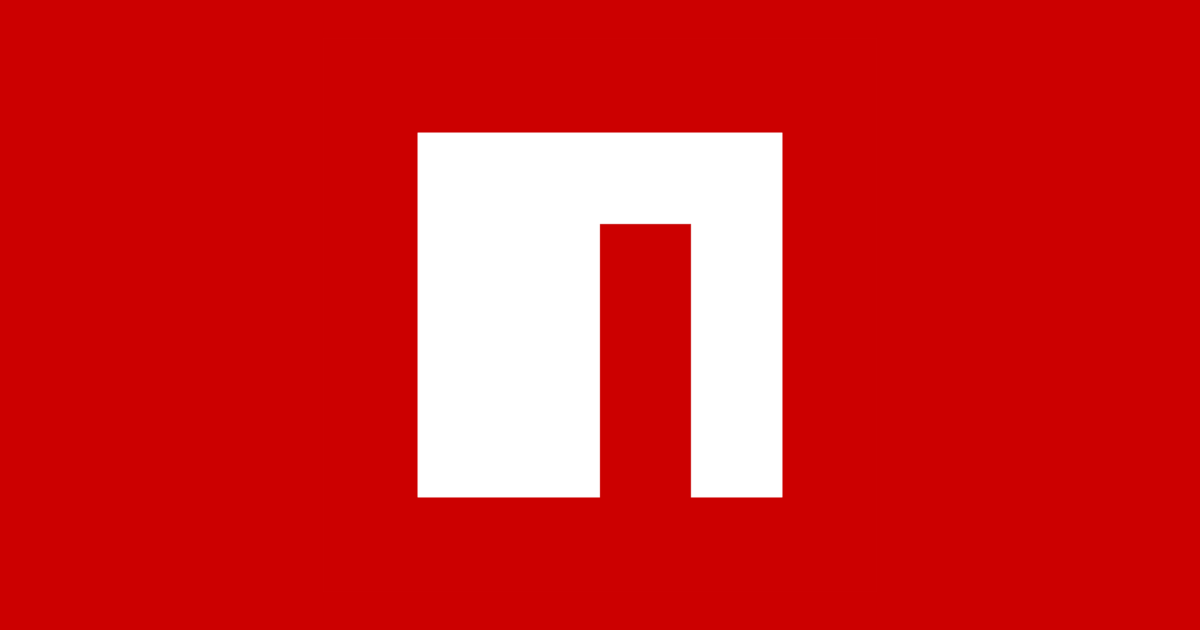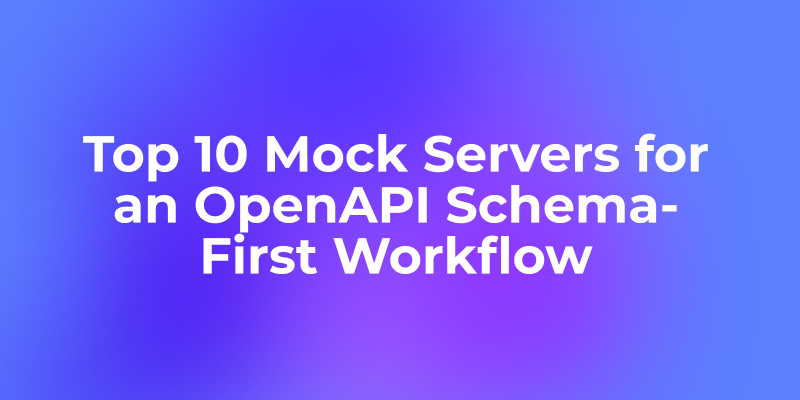For webdevs (yes, I mean you and me), the thrill of crafting stunning, interactive user interfaces is what drives our passion.
Sure, we all know the big players like React, Angular, and Vue.js, but what if I told you there’s a whole world of lesser-known front-end frameworks just waiting to be discovered? These hidden gems can transform your development experience, offering unique features and capabilities that might just be the secret sauce your next project needs.
Whether you’re looking to simplify complex tasks or bring fresh interactivity to your applications, these ten frameworks are worth your attention. So, let’s explore some cool alternatives!
1. Radash

Radash is a modern utility library designed to provide a more contemporary alternative to lodash. It focuses on readability and usability, offering a variety of functions such as tryit and retry. One of the standout features of Radash is that most of its functions can be copied directly into your project without the need for installation, making it incredibly accessible for developers looking for quick solutions.
The library is designed with modern JavaScript features in mind, ensuring that it leverages ES modules and TypeScript support. This makes Radash not only lightweight but also highly compatible with contemporary development practices. Its functional programming style encourages immutability and pure functions, which can lead to cleaner and more maintainable code.
2. Use-Debounce

For developers working with React, the use-debounce library is a must-have. This tiny library, weighing in at less than 1 KB, simplifies the implementation of debounce functionality in your applications. It is compatible with both underscore and lodash implementations, allowing developers to apply their existing knowledge seamlessly. Additionally, it is server-rendering friendly, making it an excellent choice for modern web applications.
Debouncing is essential in scenarios where performance is critical, such as handling input events or API calls triggered by user actions. By using use-debounce, you can ensure that your application only processes events after a specified delay, preventing unnecessary computations and improving responsiveness.
3. Timeago.js

Timeago.js is a lightweight library dedicated to formatting date and time in a human-readable format. With a size of just 2 KB, it supports multiple languages and allows you to display timestamps like "3 hours ago" effortlessly. The library also includes a React version called timeago-react, making it versatile for various projects.
This library is particularly useful for applications that require real-time updates or display timestamps from user-generated content. By integrating Timeago.js into your project, you can enhance user experience by providing contextually relevant time information without overwhelming users with technical date formats.
timeage.format(1544666010224, 'zh_CN'); // Outputs "5 years ago"
timeage.format(Date.now() - 1000, 'zh_CN'); // Outputs "just now"
timeage.format(Date.now() - 1000 * 60 * 5, 'zh_CN'); // Outputs "5 minutes ago"
4. React-Use
React-Use is an extensive collection of utility hooks designed to simplify common tasks in React applications. This library covers a wide range of functionalities—from tracking battery status and geolocation to managing bookmarks and debouncing input events. Its comprehensive nature makes it an invaluable resource for React developers looking to streamline their code.
By utilizing React-Use hooks, developers can avoid boilerplate code and focus on building features rather than implementing repetitive logic. This not only speeds up development but also promotes best practices by encouraging the reuse of well-tested hooks across different components.
5. Day.js

Day.js is a minimalist JavaScript library that offers an alternative to Moment.js while maintaining compatibility with its API. At only 2 KB in size, Day.js provides powerful date parsing, manipulation, and formatting capabilities along with support for multiple languages. Its lightweight nature makes it an ideal choice for projects where performance is critical.
The simplicity of Day.js allows developers to perform complex date operations without the overhead associated with larger libraries. Whether you need to format dates for display or perform calculations involving time zones and durations, Day.js provides an efficient solution that integrates seamlessly into any JavaScript project.

6. Filesize.js

Filesize.js offers a straightforward solution for converting numbers or strings into human-readable file sizes. The minified version of the library is just 2.94 KB, making it easy to integrate into any project without adding significant overhead. This library helps developers present file sizes in a more user-friendly manner.
By using Filesize.js, you can enhance the clarity of file-related information within your application. For example, when displaying download sizes or storage quotas to users, this library ensures that the data is presented in an easily digestible format.
import { filesize } from "filesize";
filesize(265318, { standard: "jedec" }); // Outputs "259.1 KB"

7. Driver.js

Driver.js is an intuitive library that facilitates the creation of guided tours on web pages using vanilla JavaScript. With a minimal footprint of just 5 KB when gzipped, Driver.js allows developers to implement onboarding experiences or highlight specific features within their applications easily.
This library enables developers to create interactive tutorials that guide users through complex interfaces or new features without requiring extensive setup or configuration. By leveraging Driver.js, you can improve user engagement and reduce the learning curve associated with your application.
8. @formkit/drag-and-drop
FormKit DnD is a lightweight drag-and-drop library designed to be simple and flexible while being framework-agnostic. With a compressed size of around 4 KB, this library focuses on data-first design principles, allowing developers to implement drag-and-drop functionality without the complexity often associated with such features.
The ease of integration makes FormKit DnD suitable for various projects where drag-and-drop capabilities are needed—be it rearranging items in a list or uploading files through drag-and-drop interfaces. Its straightforward API allows developers to implement these features quickly without sacrificing performance or usability.
9. Alpine.js

Alpine.js has gained traction as a minimal framework for adding interactivity to HTML without the overhead of larger frameworks like Vue or React. It allows developers to write declarative HTML with minimal JavaScript while providing reactive data binding capabilities similar to Vue.js but with much less complexity.
Alpine.js shines in scenarios where developers want to add interactivity without fully committing to larger frameworks or when working on smaller projects where simplicity is key. Its syntax resembles Vue's templating language but requires far less setup—making it ideal for rapid prototyping or enhancing static sites with dynamic features.
FAQs
Which framework is better for frontend?
Choosing the best front-end framework depends largely on your specific project requirements and team expertise. Popular frameworks like React offer robust ecosystems and community support but may have steeper learning curves compared to simpler solutions like Alpine.js or Radash which prioritize ease of use and quick implementation.
Which front-end framework is best in 2025?
As we look towards 2025, frameworks such as React continue to dominate due to their flexibility and extensive community resources; however, emerging trends suggest that frameworks like Svelte are gaining traction due to their simplicity and performance benefits over traditional virtual DOM approaches used by other frameworks.
What is the most wanted front-end framework?
Currently, React remains one of the most wanted front-end frameworks among employers due to its widespread adoption across industries; however, Vue.js also holds significant popularity thanks to its gentle learning curve combined with powerful capabilities suited for both small projects and large-scale applications.
Which framework should I learn in 2025?
If you're starting out in front-end development or looking to expand your skill set in 2025, consider learning React due to its market demand; however if you're interested in exploring newer technologies that emphasize performance and simplicity—Svelte or Alpine.js could be excellent choices as they gain popularity within developer communities.
Conclusion
The world of front-end development is rich with libraries and frameworks that can enhance productivity and improve user experience. While many developers gravitate towards well-known solutions like React or Angular due to their popularity and community support, exploring lesser-known libraries can uncover tools that better suit specific needs or preferences.
From utility libraries like Radash and Filesize.js to powerful date manipulation tools like Day.js and Timeago.js, these frameworks offer unique features that can streamline development processes and improve application performance.
As you embark on your next project, consider integrating some of these hidden gems into your toolkit. They may just provide the perfect solution you've been searching for!






